In our daily lives, we interact with countless objects—cars, tools, doors, and more. Yet, many of these items are designed with a specific user in mind: the average man. This gender bias in design has significant implications, particularly for women who often find themselves judged for not performing as well in environments tailored to male specifications.
The Research Behind the Bias
A growing body of research highlights how the material environment is predominantly designed by men and for men. This bias extends to various tools and devices, including surgical instruments. A recent study revealed that surgical tools are typically designed for larger male hands, making them difficult for women to use effectively (1). Interestingly, men with smaller hands also report similar difficulties, underscoring that the issue lies in the design rather than the user’s gender.
The Impact on Women
Women often face challenges in using tools that are not designed with their ergonomics in mind. This isn’t a matter of skill or capability but rather a mismatch between the tool’s design and the user’s physical attributes. For instance, surgical tools designed for larger hands can be cumbersome for women, leading to discomfort and decreased efficiency. This pattern is not limited to surgical instruments but extends to everyday items like hammers, drills, bricks, and even seatbelts.
Broader Implications
The implications of this design bias are far-reaching. When tools and environments are not inclusive, it can lead to unfair judgments about women’s abilities and performance. This can affect their confidence and career progression, particularly in fields that rely heavily on manual dexterity and tool use.
Moving Towards Inclusive Design
Addressing this issue requires a shift towards inclusive design practices. By considering the diverse needs of all users, designers can create tools and environments that are accessible and efficient for everyone. This includes conducting ergonomic studies that account for a wider range of body types and incorporating feedback from a diverse group of users during the design process.
Conclusion
The material world we live in should not favor one gender over another. By acknowledging and addressing the inherent biases in design, we can create a more equitable environment where everyone can perform to the best of their abilities. As research continues to shed light on these disparities, it is crucial for designers and manufacturers to take proactive steps towards inclusivity.
Study: (1) https://www.ncbi.nlm.nih.gov/pmc/articles/PMC11108343/
Great book on this topic: Invisible Women by Caroline Criado Perez
